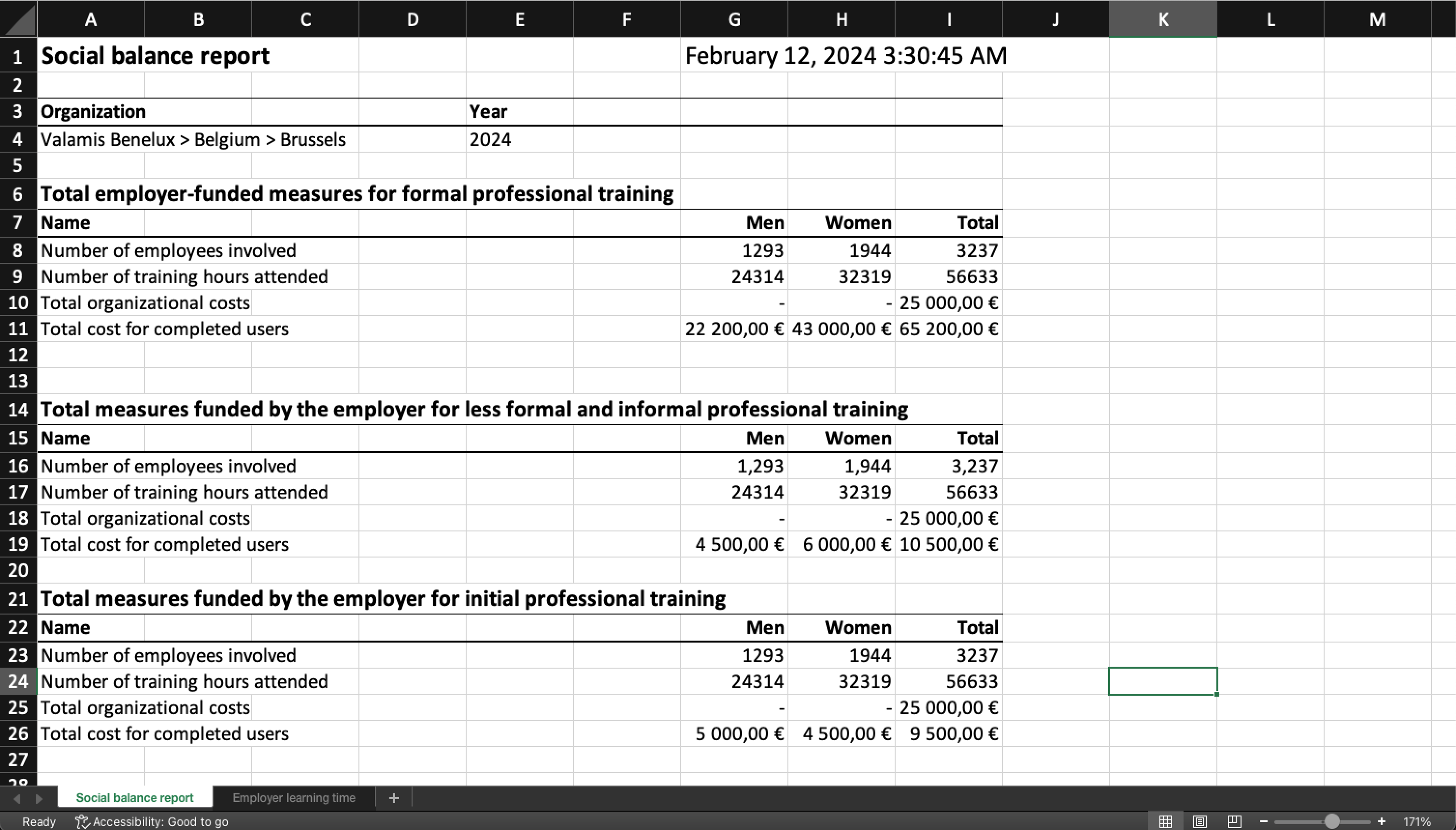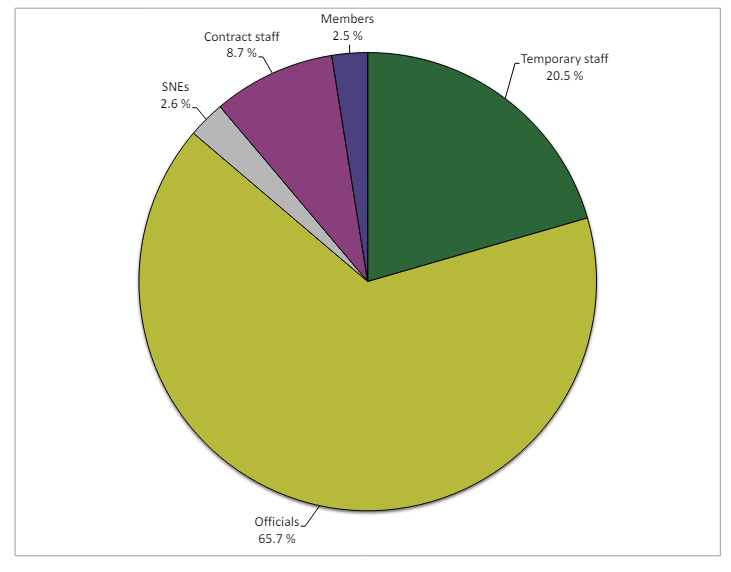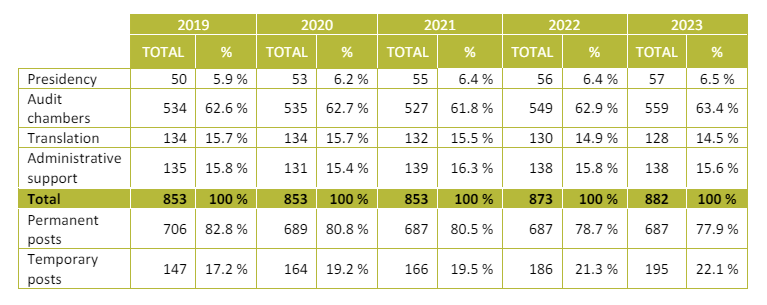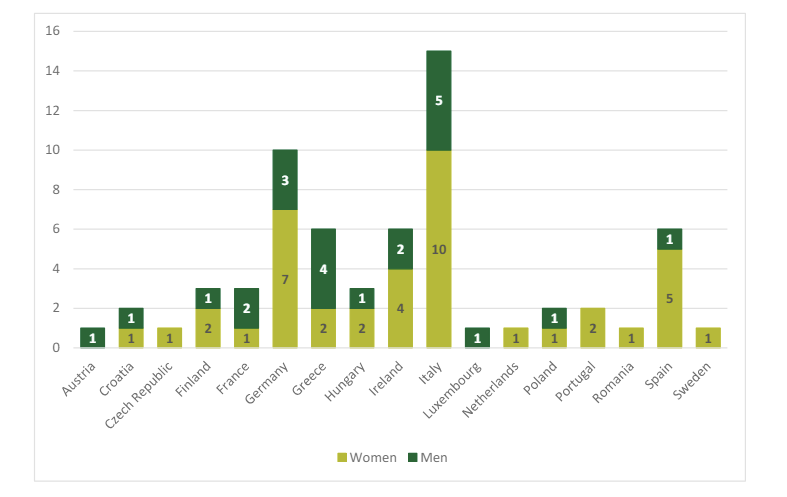The Social Balance Sheet: Enabling the workforce to learn

In the quest for skills and fairness in the workplace, one initiative leads the way in Europe. It’s called the Social Balance Sheet, and it’s not just a fancy term—it’s a legal requirement which highlights the importance of making learning and development available to all.
Over the past couple of years, this concept has woven itself into the fabric of Belgium’s labor laws, reshaping how companies nurture their talent.
What is the social balance sheet?
Think of it as a yearly report card that companies must fill out.
It’s detailed snapshot showcasing how companies impact on society. From the number of employees to their ages and genders, training programs offered, workplace safety measures, employee relations, and even community involvement—it’s all in there.
However, this report isn’t just paperwork; it’s a testament to trust, equality, and a workforce ready to tackle challenges head-on.

An example of the Valamis Cost of Learning report
You can find more information about Who should file, what to file and how to file in the official Belgium bank website
Which companies must produce a social balance sheet?
The following types of companies are generally required to produce a social balance sheet:
1. Belgian companies
Companies in Belgium that are required to publish their annual accounts and employ staff.
Both the annual accounts and the social balance sheet must be submitted to the national bank of Belgium (NBB) within 30 days after the approval of the annual accounts, and no later than 7 months after the close of the financial year.
2. Other companies required to submit a social balance sheet to the NBB
These companies must submit their social balance sheet within 7 months after the close of their financial year. This category includes:
- Hospitals: hospitals that have not adopted the form of a private limited company with limited liability or are large or very large non-profit institutions.
- Other private law companies: organizations such as non-profit associations (npas) and foundations that employ at least 20 workers (in full-time equivalents).
3. Foreign companies
Foreign companies with a branch office or activity center in Belgium.
Their social balance sheet should include data related to their Belgian branch offices and activity centers, treating these entities as a collective whole.
Key components of a social balance sheet
1. Employment structure
- Statement of employed persons: detailed information on the number of employees, including fixed-term and permanent contracts categorized by age, gender, nationality, and seniority.
- External workers: number of external workers and disabled workers.
- Absenteeism and departures: data on absenteeism and the number of departures, including end of fixed-term contracts, end of trial periods, and resignations.
Figure 1 – Workforce by category as at 31.12.2023

Table 1 – ECA establishment plan, 2019-2023 (permanent and temporary posts)

2. Personnel movements
- Movements during financial year: a table of personnel movements, tracking hires, terminations, promotions, and transfers throughout the financial year.
3. Compensation and benefits
- Total personnel costs: overall personnel expenses.
- Salary disparity: difference between high and low salaries.
- Benefits: information on public holidays, paid leave, and other forms of benefits.
4. Health and safety conditions
- Accidents and diseases: number of workplace accidents and cases of occupational diseases.
- Rest periods: data on weekly rest periods, compensatory rest, and incapacity.
- Working hours: details on normal working hours and night shifts.
5. Employee development
- Training: number and types of training courses provided to employees.
- Development expenditure: amounts of expenditure allocated to the development of the company.
Figure 2 – Trainees in 2023 by nationality and gender

For example, for Belgian companies with 50 or more employees, the government mandates that five days of training each year must be provided for everyone in employment. As a result, many companies now create well-defined annual training plans for learning and growth.
6. Diversity and inclusion
- D&I initiatives: programs and policies to promote diversity and inclusion within the organization.
- Diversity metrics: data on diversity across various levels of the organization and progress toward diversity goals.
Crucially, employers are tasked with championing inclusivity through their training plans, with a focus on vulnerable groups including employees aged over 50 and those with disabilities.
Additionally, a focus on critical job roles and gender diversity forms the bedrock of these inclusive training initiatives.
Purpose and benefits of the social balance sheet
Interestingly, LinkedIn’s 2024 Workplace Report aligns with this focus, highlighting that measuring learning program success, ensuring diversity, equity, and inclusion, and prioritizing upskilling and career development are among the top 10 areas of focus for this year.
As Belgian Deputy Prime Minister Pierre-Yves Dermagne rightly puts it, “Every employee deserves the chance to grow and learn.”
- Stakeholder perspective: Addresses concerns of employees, management, unions, and other stakeholders related to human capital.
- Strategic decision-making: Provides insights for HR leaders and management to improve company policies, practices, and strategies.
- Employee engagement: Enhances employee engagement by demonstrating a commitment to their development, well-being, and fair treatment.
- Reputation management: Improves the organization’s reputation as an employer of choice by being transparent about company (HR) practices and outcomes.
- Regulatory compliance: Helps in complying with regulations and standards related to labor practices and human capital reporting.
Inclusivity takes center stage
The annual training strategy is a great commitment to investing in the individual training rights of employees.
This strategy carefully outlines measures to improve these rights, ensuring that every employee can participate in personalized training sessions.
This approach helps to grow a skilled workforce, making them valuable assets in a competitive job market.
“Investing in training creates more skilled employees who are of greater value on the labor market. It also benefits the company in this fast-changing world,” emphasizes Dermagne.
Conclusion
For Belgium’s zero contract hours employees, the introduction of the Social Balance Sheet remains pivotal for their careers, with promising implications for the economy.
This initiative aligns with broader trends in the learning industry, highlighting the growing emphasis on measuring program success and upskilling endeavors.
By championing inclusivity and prioritizing individual training rights, organizations can nurture diverse, resilient workforces poised to confront the challenges of today and the uncertainties of tomorrow.




